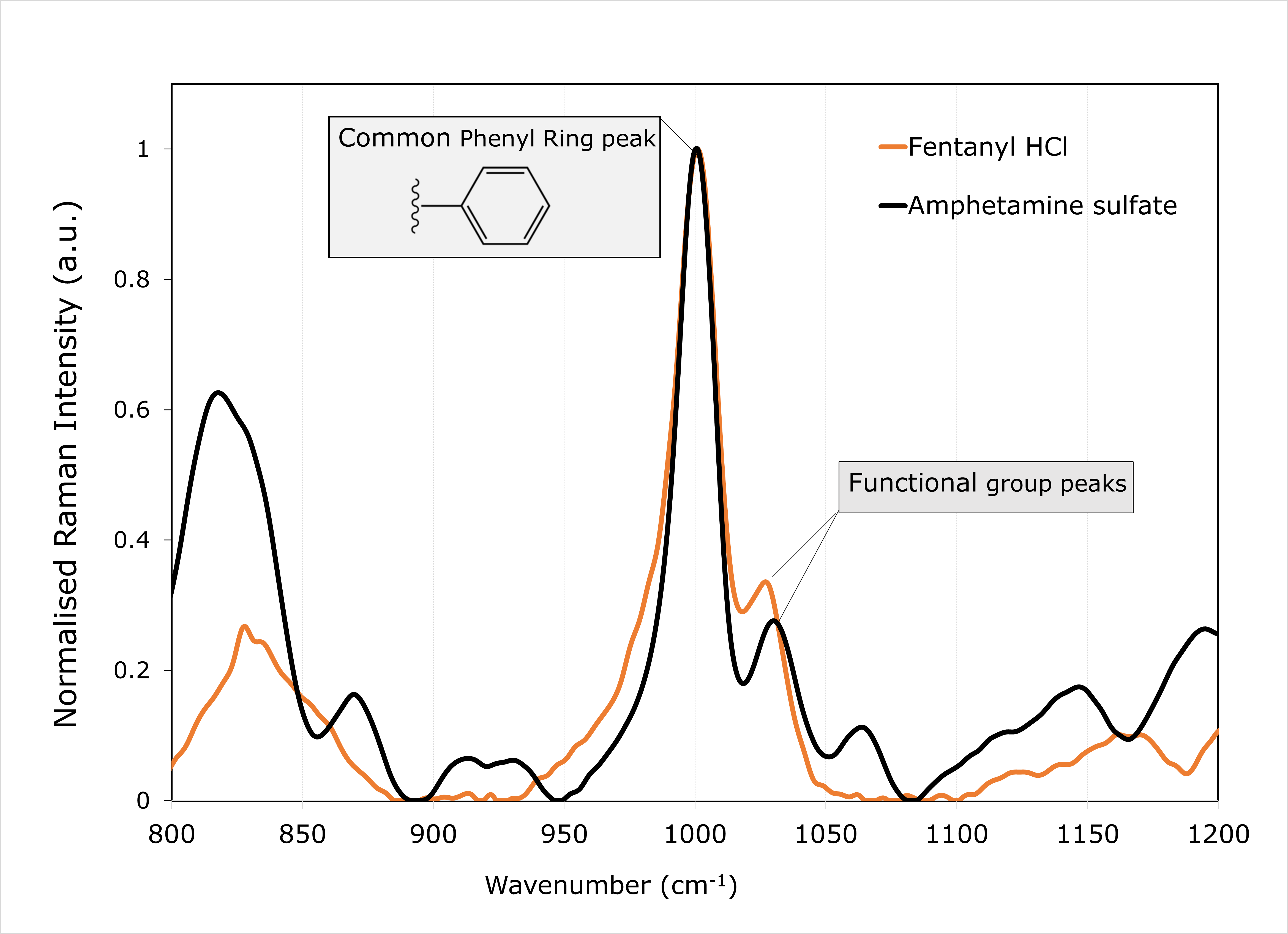The use of gold nanoparticles dates back centuries due to the vibrant spectrum of colours they produce interacting with natural light. Advancements in science and technology revealed their remarkable properties and multifunctionality and manifolded their applicability in high-end technologies.
This blog post briefly outlines the key properties and modern applications of gold nanoparticles.
Key properties
- Optoelectronic properties: The novel multifunctionality of gold nanoparticles lies in the superior blend of their optical and electronic properties governed by their size, shape, morphology, and surface chemistry. The oscillating electronic field of light rays interacts with the free electrons of gold nanoparticles and generates resonating oscillations called surface plasmons. Tiny gold nanoparticles up to 30 nm result in surface plasmons that yield the reflection of red light, thereby making the gold nanoparticles appear red. With increasing particle size, the absorption wavelength related to surface plasmons shifts to longer wavelengths, absorbing red light and making gold nanoparticles appear blue due to the reflection of blue light.
- Chemical properties: Gold nanoparticles exhibit a high surface-area-to-volume ratio. Consequently, their surface possesses more free bonds available for binding with target analytes. Raman spectroscopy exploits this enhanced detection sensitivity of spherical gold nanoparticles. In contrast to chemical synthesis, the gold nanoparticles produced via vacuum deposition techniques are highly pure and free from hydrocarbons and ligands. However, chemically synthesized gold nanoparticles are contaminated with hydrocarbons and are aggregated together in a solution. Gold nanoparticles are chemically benign with superior biocompatibility, low toxicity, and high oxidation resistance. Moreover, they undergo surface modification by forming stable chemical bonds with S- and N- containing groups and attaching them to various organic ligands.
- Physical properties: Gold nanoparticles have a high X-ray absorption coefficient due to the high atomic number of gold atoms. They also possess localized surface plasmon resonance (LSPR), making them viable for diagnosing and treating tumours while minimizing the damage to healthy tissues by X-rays. Gold nanoparticles have a high molar absorption coefficient; hence they can accurately detect nanomole levels in calorimetric analysis, outperforming conventional calorimetric methods. They have an increased number of radioactive atoms that can emit β-particles. The high energy associated with β-emission can be used for destroying tumour cells and tissues.
Applications
Some of the key applications of gold nanoparticles include:
- Biomedical and life sciences: Gold nanoparticles cater to many biomedical applications, including cancer diagnostics and therapy. Chemiresistor sensors based on functionalized gold nanoparticles are used for the non-invasive and cost-effective diagnosis of biomarkers in lung cancer. Gold nanoparticles are also used as photothermal therapeutic agents for targeted photodynamic therapy. Specifically, gold nanostructures conjugate with cell-targeting antibodies and peptides and efficiently convert near-infrared radiation into heat that annihilates cancerous tissues in a targeted manner. The radioactivity of gold nanoparticles makes them useful for radiotherapy and radionuclide imaging.
- Sensors: Gold nanoparticles amplify Raman signals and are utilized as substrates in surface-enhanced Raman spectroscopy to identify various biological and chemical species such as narcotics, chemical pollutants, and analyse pesticides and contamination in food products. SERS exploits the plasmonic properties of gold nanoparticles to enhance the measurement sensitivity to detect minuscule concentrations within ppm and ppb levels.
- Miniature electronics: Gold nanoparticles are used in electronic chips for connecting conductors and resistors. They are also used in fabricating electrochemical sensors by being placed on electrode surfaces to increase effective area and enhance mass transfer due to higher interstitial space between spherical particles.
- Microscopy probes: Gold nanoparticles find routine applications in biological imaging as they scatter light and generate a coloured spectrum in dark-field microscopy. Having characteristically high density, they are also used in probes of transmission electron microscopy.
- Chemical catalysis: Gold nanoparticles remain active even at ambient conditions and can be deployed as catalysts for selective oxidation. Being durable and chemically resistant to poison, they are used to control pollution, e.g., to purify hydrogen streams in fuel cells.
References:
- Peng et al. Nature Nanotechnology 4, 669–673 (2009). https://doi.org/10.1038/nnano.2009.235
- Y-C. Yeh et al. Nanoscale 4(6), 1871-80 (2012). doi:10.1039/c1nr11188d
- https://www.sigmaaldrich.com/DE/de/technical-documents/technical-article/materials-science-and-engineering/biosensors-and-imaging/gold-nanoparticles
- Stuchinskaya et al. Photochem. Photobiol. Sci. 10, 822-831 (2011). https://doi.org/10.1039/C1PP05014A
- Bai et al. International Journal of Molecular Sciences 21, 2480 (2020). https://doi.org/10.3390/ijms21072480

